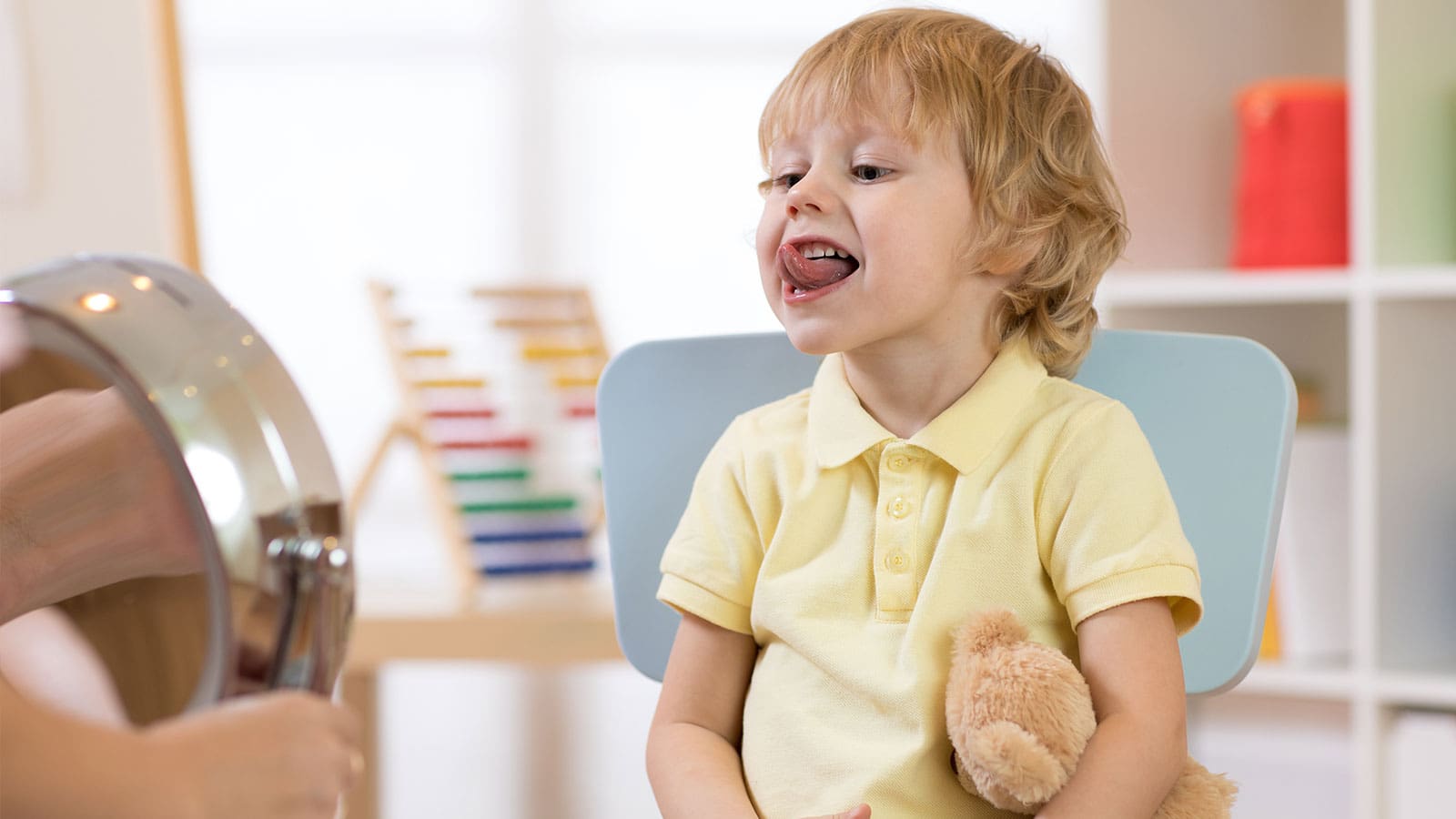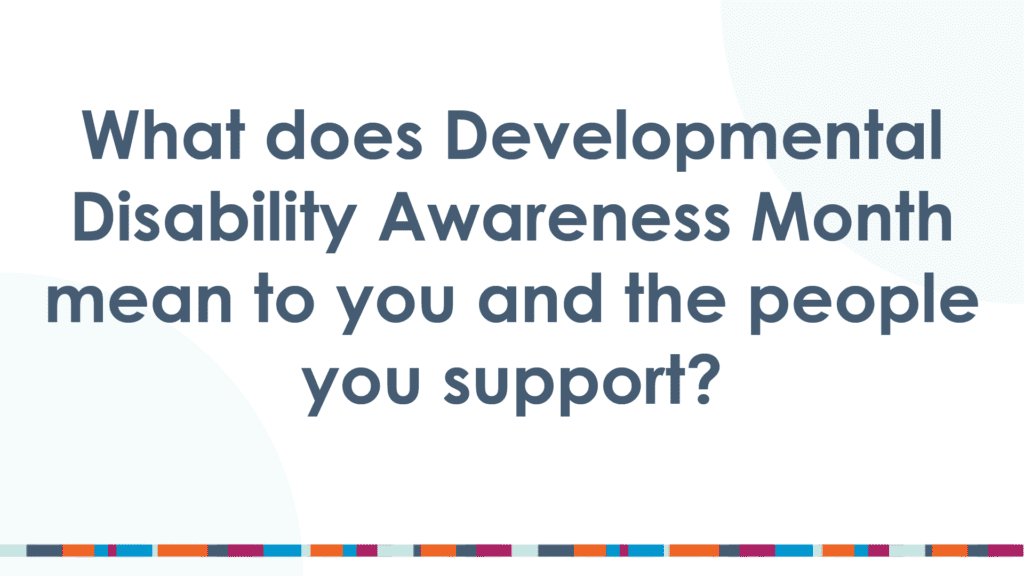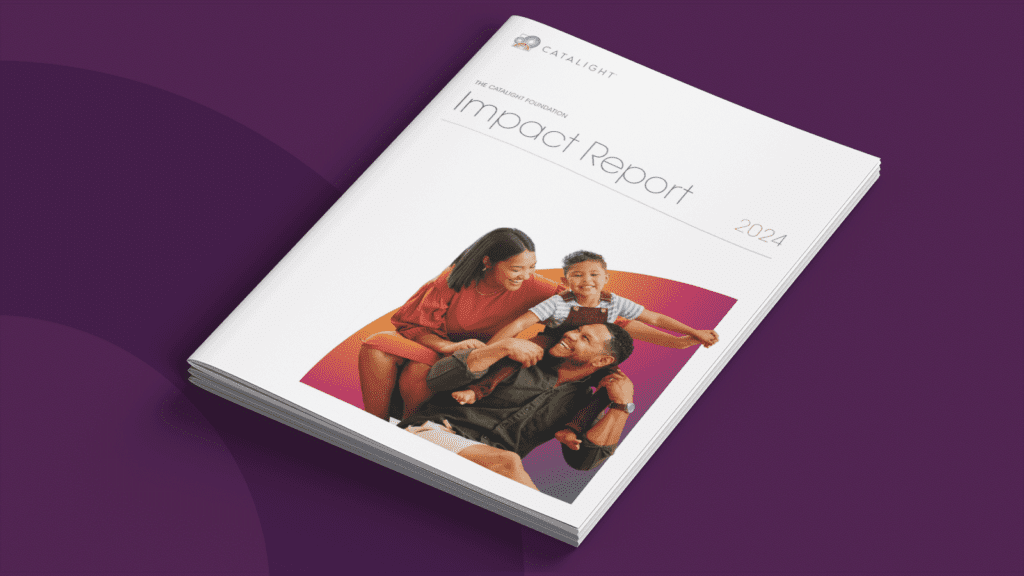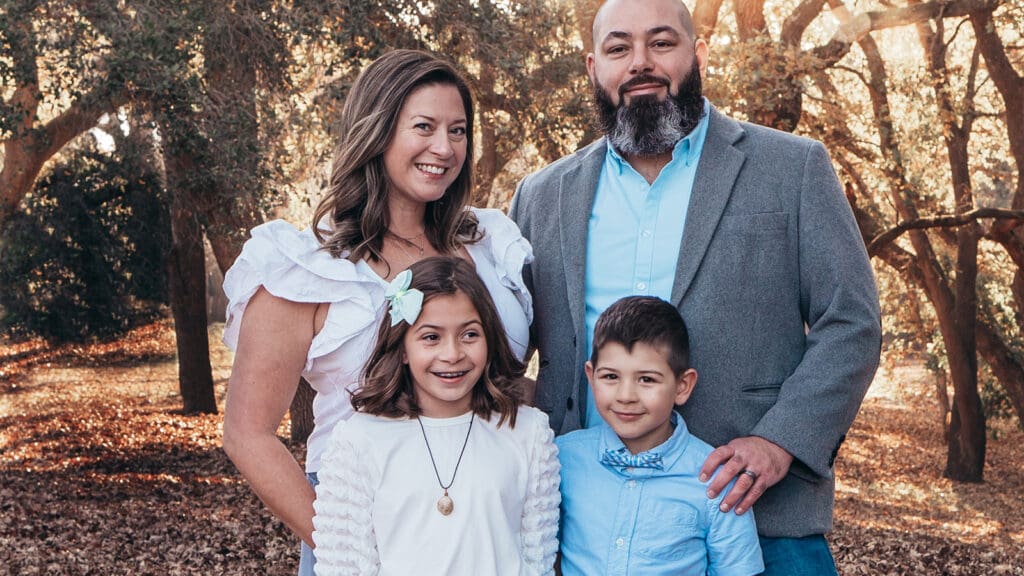Signs of a Speech Delay or Disorder Late Bloomer or Something More?

Each child develops at their own pace. Some start talking at an early age, while others may experience speech delays or have a speech disorder.
What’s considered typical can vary a lot, but here are some things to watch for:
- Not using gestures, like pointing or waving bye-bye, by 12 months
- Trouble understanding simple requests by 18 months
- Not saying words or phrases on their own to communicate their needs by age two
What to Do Next
If you have concerns about your child, it’s important to act early so they can get the services and support they need. This can have a major impact on their ability to learn and succeed in life.
One way to see if your child is hitting their milestones is through developmental monitoring. The Centers for Disease Control and Prevention has online resources, including a Milestone Tracking app to help you know what skills are expected at each age and stage of your child’s life. Your child’s doctor or nurse will also conduct developmental monitoring during your regular well-child visits.
If there’s a concern about your child’s development, the doctor may conduct a more in-depth exam referred to as a developmental screening. This screening can also be performed by other healthcare professionals, early childhood educators and within your community or school settings.
Supporting Your Child’s Development
If your child is having trouble with their language skills, your doctor may refer them to a specialist called a speech-language pathologist. If there are concerns about your child’s hearing, they could see a certified audiologist. At home, you can support your child’s speech and language development by:
- Responding to your child – Look at them, talk to them and imitate the sounds, faces and actions they make.
- Teaching your child to imitate you – Encourage them to play peek-a-boo, clap along with you, blow kisses and wave.
- Describing your actions – Talk about what you are doing, what your child is doing, and who or what you see.
- Reading every day – Choose books with large, colorful pictures to read to your child.
Last, it’s important to encourage playtime with other children. This can help your child improve their communication and social skills and support their overall growth and development.








